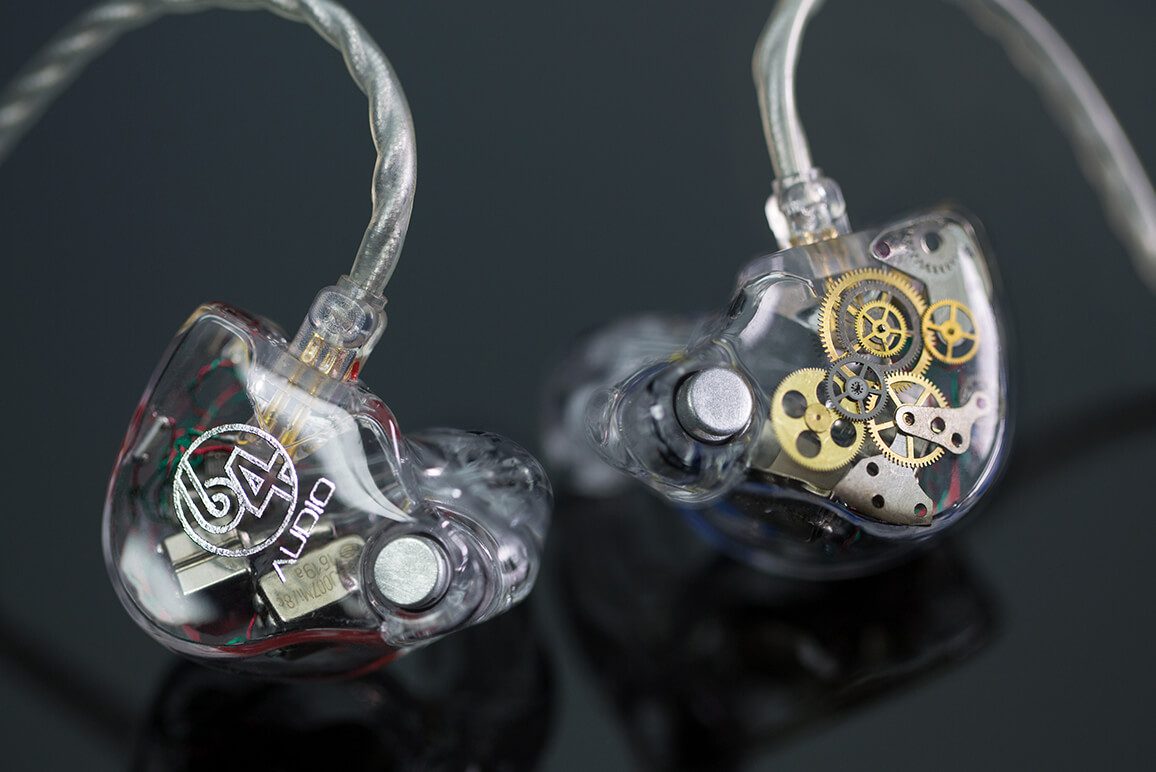How Do In Ear Monitors Work? A Terrific Insight for Pros
When it comes to professional photography, capturing the perfect moment is paramount. But, can you hear what you need to hear when on a bustling set? This is where **in ear monitors** become a valuable asset. Here we delve into how do in ear monitors work, offering you an unmissable understanding of this remarkable technology that can truly enhance your creative workflow.
In a world where clarity and precision are critical, understanding how **in ear monitors** work can be a game-changer. Whether you are directing a photoshoot or setting up a massive production, having the right audio equipment can assist you in effectively managing communication. Now, lets explore this **life-changing technology** in detail.

What are In Ear Monitors?
Before diving into the mechanics of **how do in ear monitors work**, its essential to understand what they are. **In ear monitors** (IEMs) are miniature speakers that fit snugly within the ear canal. They provide a direct audio feed from the source, meaning that you can hear exactly what you want to without outside interference. This is incredibly beneficial on a noisy set, allowing photographers and their teams to maintain clear communication.

Key Components of In Ear Monitors
Drivers
The heart of every **in ear monitor** is its driver. These are tiny speakers that convert electrical audio signals into sound. Generally, there are two types of drivers used in IEMs: dynamic and balanced armature drivers. Dynamic drivers use a diaphragm to produce sound and are often used in more budget-friendly models. Balanced armature drivers, on the other hand, are more compact and provide a higher audio fidelity, making them suitable for professional use.
Cables and Connectors
The cables used in **in ear monitors** can significantly affect your overall experience. Most IEMs are designed with detachable cables to allow for easy replacement. The connectors play a crucial role, and understanding the difference between standard 3.5mm jacks and XLR connectors is vital, especially in professional settings.

How In Ear Monitors Work
So, how do in ear monitors work in practice? The process is straightforward but effective. Once connected to a **mixing console** or audio receiver, the **in ear monitors** deliver a live audio feed directly into the artist's or photographer's ear. This sound can include everything from music to voice cues given by the production team. The audio is mixed live to ensure that what is delivered to the monitors is relevant and clear.
The Importance of Isolation
One of the significant advantages of IEMs is their ability to provide isolation. By creating a seal in the ear canal, they block out extraneous noise, allowing you to focus on the audio being transmitted. This is particularly useful in areas where background noise might be distracting.

Benefits of Using In Ear Monitors for Photographers
As a professional photographer, using **in ear monitors** offers several advantages:
Clear Communication
In a fast-paced environment, every second counts. With clear communication offered by IEMs, you can coordinate with your team effortlessly. This can help in making on-the-fly adjustments that can enhance the overall outcome of a shoot.
Real-time Feedback
Having a direct audio feed allows you to receive real-time feedback from directors or photographers. You can get immediate instructions, ensuring that you are always aligned with the project's creative vision.
Greater Focus
By using IEMs, you can significantly reduce distractions from the surrounding environment. This enhanced concentration enables you to focus entirely on your work, leading to better outcomes.
Challenges and Considerations
While there are numerous advantages to using **in ear monitors**, some challenges exist:
Fit and Comfort
A poor fit can lead to discomfort and a negative listening experience. It's essential to test out different types of IEMs to find the right fit for you. Additionally, customizable ear molds are available to achieve optimal comfort.
Learning Curve
For first-time users, there can be a learning curve when it comes to using **in ear monitors** effectively. Familiarizing yourself with how to properly set up the devices, use the audio mixing console, and adjust the sound levels is essential.
Conclusion
In summary, understanding how do in ear monitors work is crucial for any professional photographer looking to improve their workflow. Integrating IEMs into your setup not only enhances your ability to communicate but also allows for a more focused creative experience. As audio technology permeates every aspect of our lives, adapting to these innovations will serve only to elevate your craft.
FAQs
What are the advantages of in ear monitors?
The advantages include clear communication, real-time feedback, and improved focus on your creative tasks.
How do I choose the right in ear monitor for my needs?
Choosing the right IEM involves considering factors such as fit, sound isolation, and audio quality. Testing different models can also help you make the best choice.
Can I use in ear monitors with my camera gear?
Yes, compatible **in ear monitors** can easily connect to your camera gear through adapters or directly, depending on your equipment.
Helpful Links
For those interested in diving deeper into audio technology, you may find this resource on in ear monitors useful.
Additionally, if you are curious about making wired headphones Bluetooth, check out how to make wired headphones Bluetooth.
For troubleshooting, learn more in our article on why wired headphones stutter.
Also, find useful tips about how to use Apple wired headphones on Android.
As an Amazon Associate, I earn from qualifying purchases.

